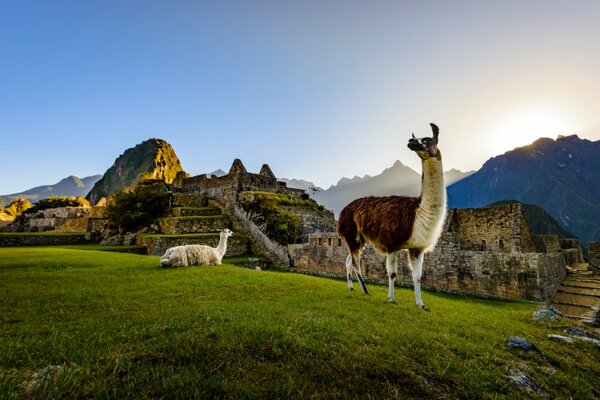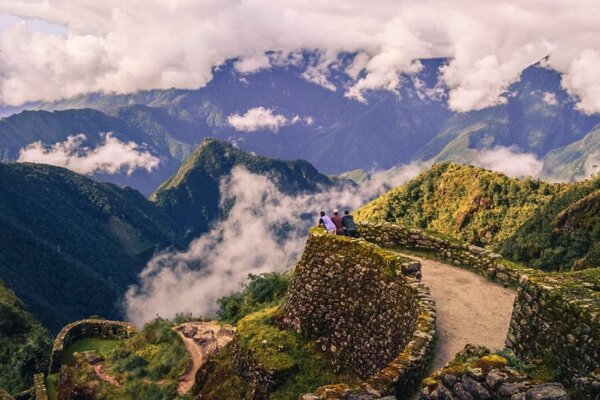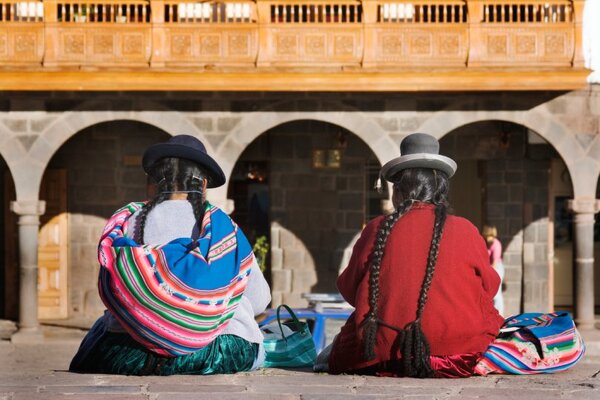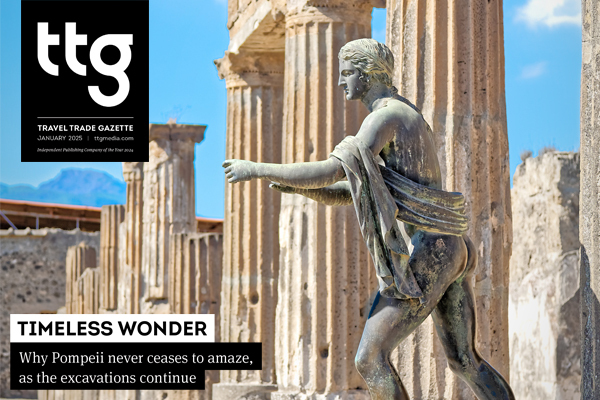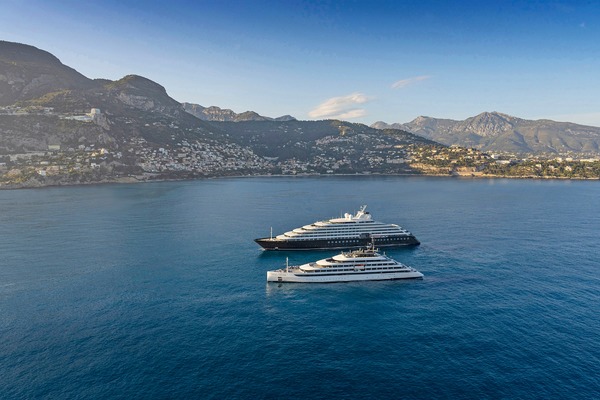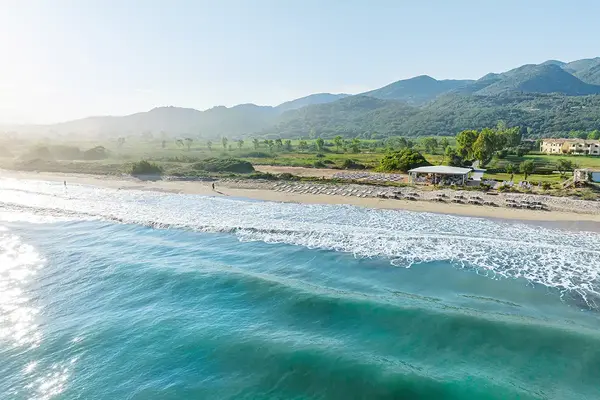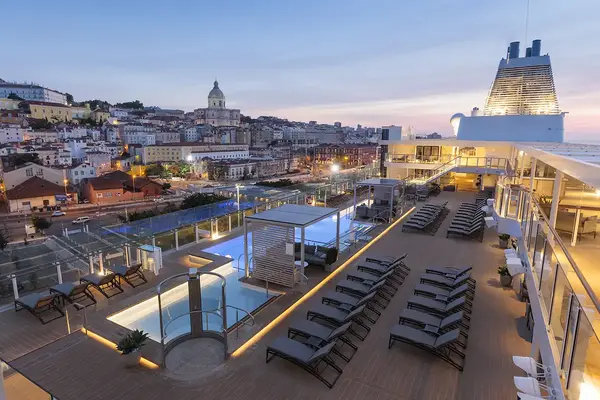Peru is back, but what exactly has been going on there?
 Gary Noakes
Gary NoakesThink of Latin America, and one image always comes to mind – Peru’s Machu Picchu.
The 15th century Inca citadel, situated nearly 8,000 feet above sea level, is as much of a must-see for those on a multi-country itinerary as for anyone visiting Peru by itself.
However, while neighbouring countries have benefited from the post-Covid tourism resurgence this year, Peru has had its setbacks, with political unrest marring its recovery.
Peru’s profile in the UK had already slipped before the latest events with the cessation of British Airways’ non-stop Gatwick-Lima service in 2021 after five years. It has all added up to a tough time for the country, although so far, the impact on its appeal to UK visitors appears limited.
The UN World Tourism Organisation estimates Peru received 4.3 million international visitors in 2019, with 1.2 million of these heading for Machu Picchu.
Many opt for the classic itinerary – capital Lima, the Unesco World Heritage city of Cusco and gateway to Machu Picchu, plus the Sacred Valley and Puno for Lake Titicaca – the world’s highest navigable lake.
The more intrepid tackle the 26-mile Inca Trail trek to Machu Picchu, while others take the train there. The rail link was one visible sign of unrest, with repeated sabotage forcing its closure for around six weeks at the start of the year.
Nothing to fear
Peru’s protests centre on opposition to president Dina Boluarte, who is accused of illegally removing and jailing her predecessor Pedro Castillo last December, just as the country’s tourism industry was getting back on its feet.
Protesters are calling for Boluarte to resign and for elections to be held, despite the country already having had seven presidents in the past six years.
During protests in March, 67 people were reportedly killed. Poverty and inequality are also behind the anti-government demonstrations, as well as strikes that led to a state of emergency being declared across seven southern regions in February.
Despite another state of emergency in late July, the UK Foreign Office is not cautioning against travel, but instead warns of road blockades and disruption to transport, including airports. However, any change in this advice to advise against all but essential travel will see operators freeze sales and repatriate clients.
One very visible effect has been reports of tourists stranded due to rail and road transport options being closed, although this was short-lived.
“We were rebounding very strongly last year,” said Sarah Miginiac, G Adventures’ general manager for Latin America, speaking from her home in Peru. “Unfortunately, what happened slowed us down.”
Peru is consistently among G Adventures’ top three destinations, attracting around 20,000 passengers each year pre-pandemic – a number Miginiac hopes to regain soon.
She is emphatic visitors have nothing to fear: “Back in January, there were some very heavy riots and then nothing.” She added many in the country were wary of a pandemic-style halt in Peru and this was making protestors cautious. “I think that’s why the latest strikes have not had the impact the organisers hoped.”
However, she added: “The complicated part is that from a political point of view, no solutions have been found.”
Miginiac said the situation in Peru was calm, with any roadblocks easily avoided by G Adventures’ tours simply by leaving earlier. An agreement with politicians in Cusco had seen police ensure tourists could visit sites as normal, she said.
’Tourism corridors’
Other operators share her confidence. Laura Rendell-Dunn, Journey Latin America’s PR and business development manager, said it was also continuing as normal in Peru following conversations with ground handlers.
“There were a few protests on 20 July and some scuffles in Lima and roadblocks around Cusco, but it has not affected any of our clients and it’s business as normal,” she said. She added Puno and Lake Titicaca had also been given the all-clear by suppliers.
Journey Latin America continues to take forward bookings. “At the moment, there are no planned strikes so none of our holiday itineraries are impacted,” said Rendell-Dunn. "The situation could change so we are carefully monitoring events in Peru and checking the advice of FCDO for further updates.”
The last advice from the FCDO dates from 20 July, and states demonstrations “can escalate quickly and include violence”, adding: “Protests may cause travel disruption, including with road blockades, suspension of train services and airport closures including in tourist areas.”
Martin Johnson, chair of the Latin America Travel Association, admitted the FCDO update “could be viewed as unsettling”, but added: “After speaking to our members across the country, they have assured us tourists are largely unaffected and precautions had already been put in place. Lata is monitoring the situation very closely and remains in regular contact with partners on the ground.”
Those on the ground are chipper despite the situation. Fernando Rodriguez, Intrepid Travel’s Peru general manager, admitted sales had been impacted but said Intrepid had already led more than 570 departures to Peru in 2023: “We are seeing a slow recovery following the civil unrest early this year. Now that stability has returned, we’re confident sales will continue to grow into 2024,” he said.
Police and local authorities had created “tourism corridors”, he said, with all Intrepid tours running smoothly since March.
“Operations are mostly back to normal on the ground and, although we may face more strikes or protests, we don’t believe they will stop us from running our trips or making minor changes to itineraries. Despite a day of street protests earlier this month in main cities, we were able to run our operations safely with minor or no changes with the support of police and local authorities.”
’Great time to visit’
Global security consultancy Crisis24 paid a recent visit to Peru and reports it has “greatly stabilised since January and February”. “Tourism to the country is now resuming, albeit at a slower pace than previously,” it said.
It added demonstrations “rarely cause widespread disruptions” but had prompted temporary closures of Lima’s Plaza de Armas, where the presidential palace and cathedral are located, as well as Plaza San Martin.
It continued: “The security situation in Cusco has improved dramatically from earlier in the year, when protests and airport closures caused some foreign nationals to become trapped in the city.
"Train service between Cusco and the Machu Picchu ruins is now operating normally and the city is not experiencing disruptive protests, with most people in Cusco eager to welcome back travellers to the tourism-dependent city.”
Paul Cripps, managing director of Amazonas Explorer, a local operator in Peru, pointed out the situation had its advantages for tourists, with many sites being “very quiet”.
“The protests on 19 July lasted for one day and took place peacefully and with no impact to tourists or other local businesses. A few roadblocks appeared but are now all removed,” he said. “The only continuing problem I am aware of is the road from Puno into Bolivia, but this is only during the week and there is a way round if required.”
He remains positive about the country: “With tourist numbers still lower than previous years, 2023 is great time to visit Peru. It’s still possible to buy Inca Trail permits for this year – usually booked up months in advance – and sites are all quieter than usual.”
Sign up for weekday travel news and analysis straight to your inbox

Gary Noakes
Supplier Directory
Find contacts for 260+ travel suppliers. Type name, company or destination.
